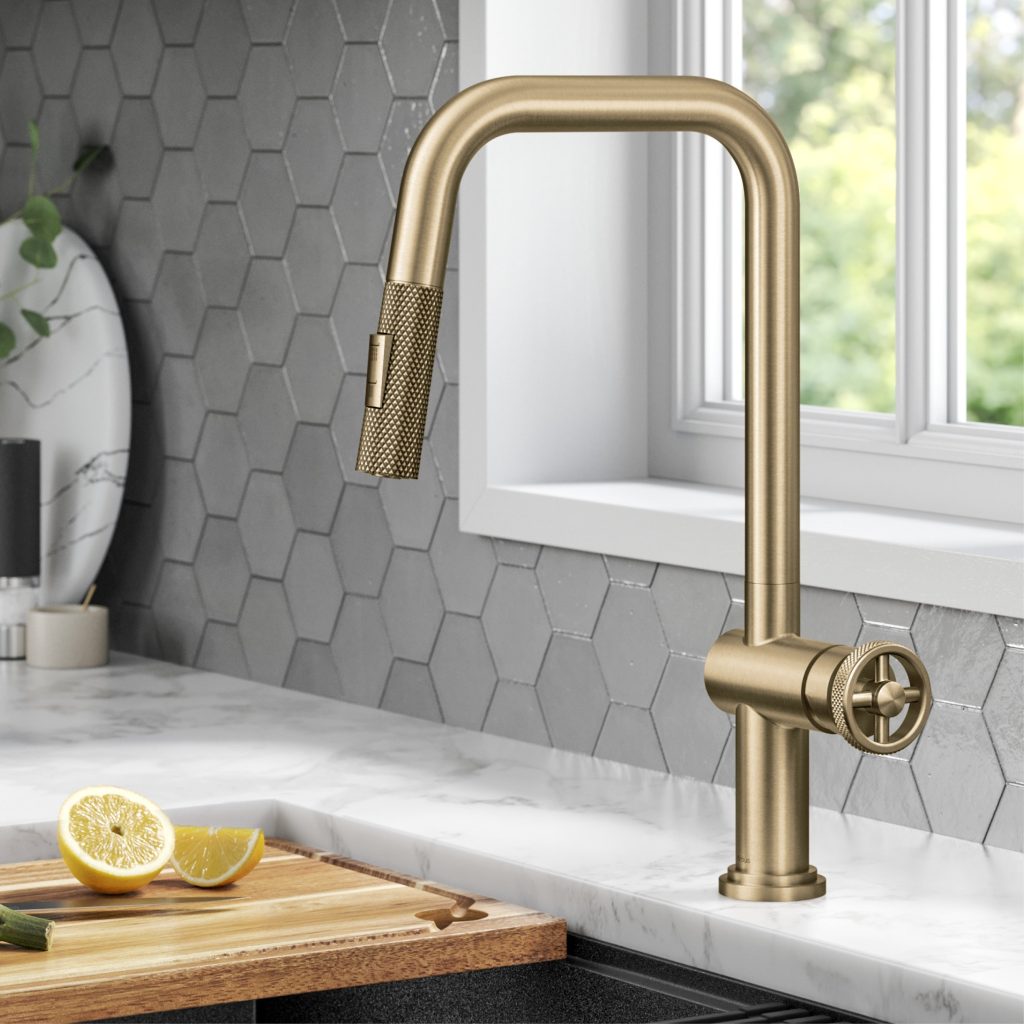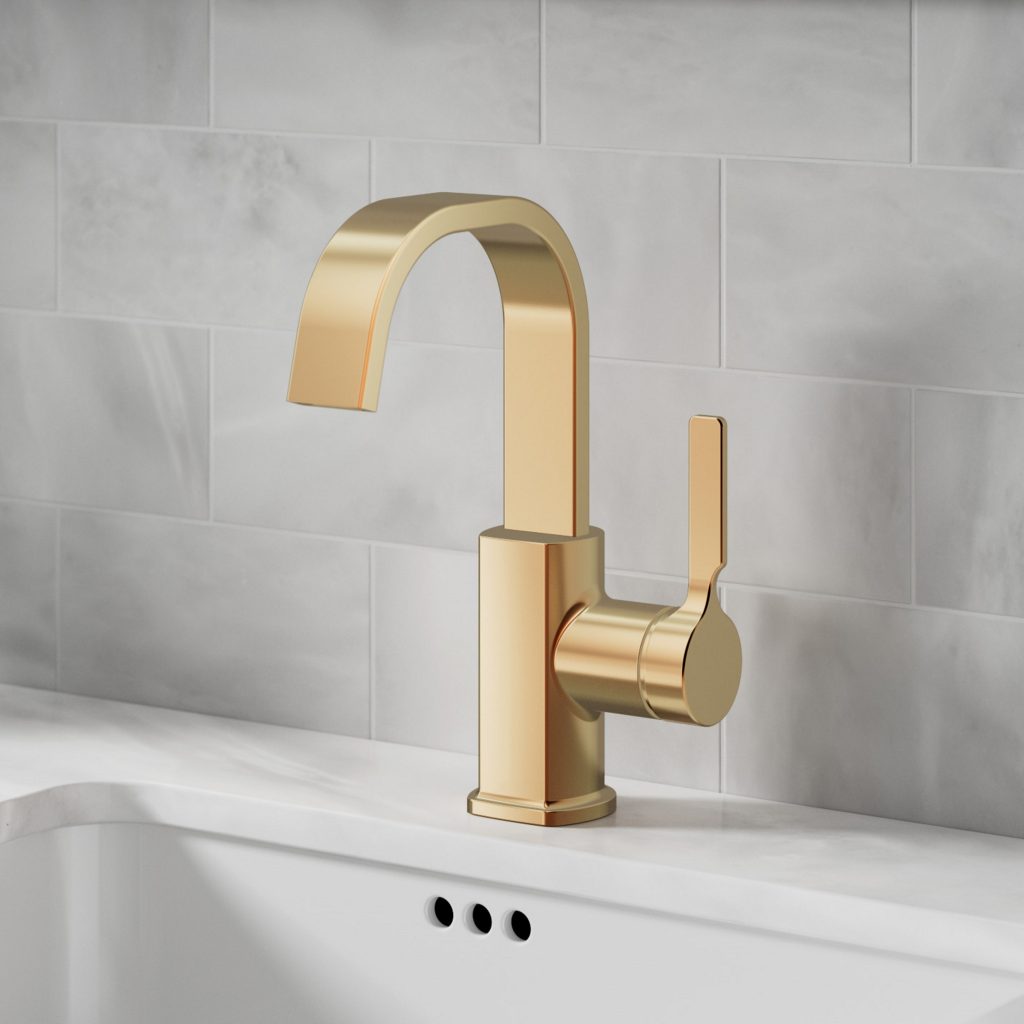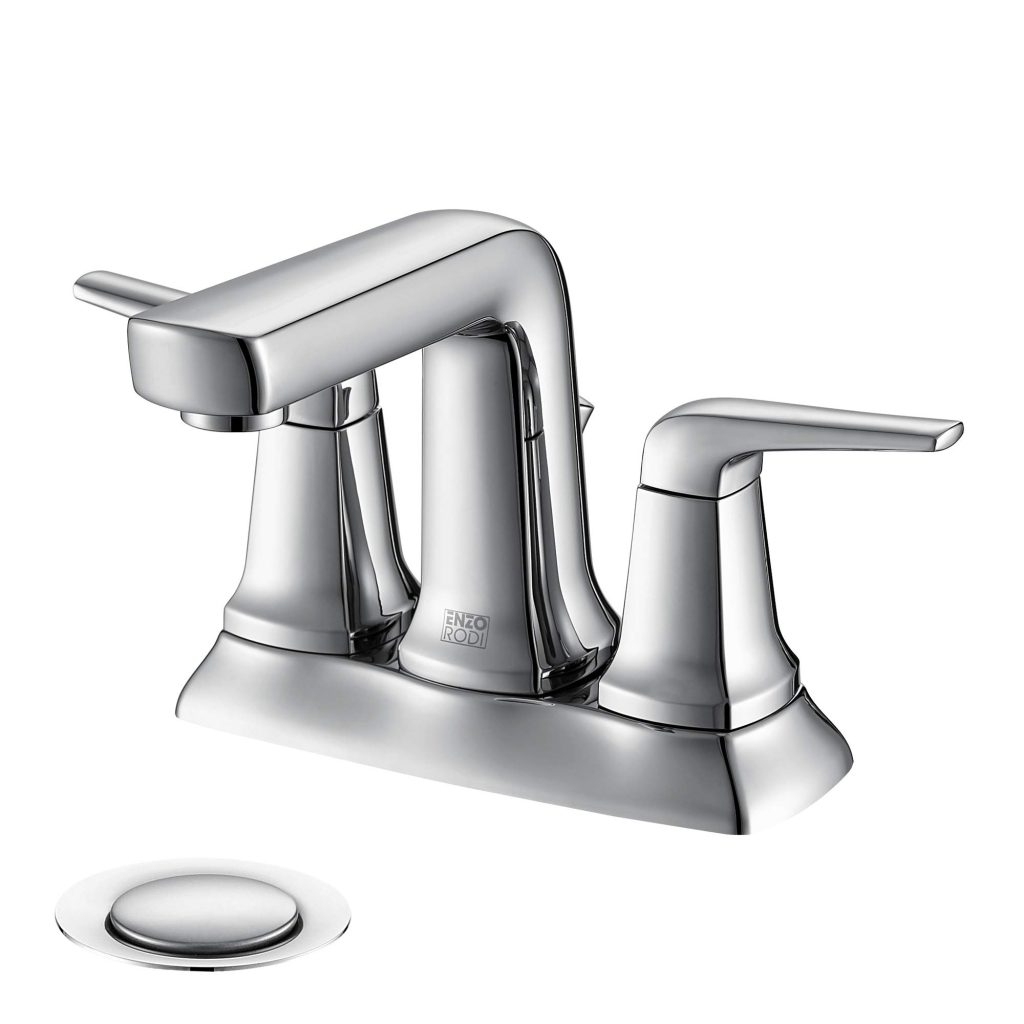How to remove calcium deposits from faucets? Calcium deposits can be a nuisance in any household, particularly on faucets where they can cause unsightly stains and reduce water flow. Fortunately, there are several effective methods for removing calcium deposits from faucets using common household items. In this article, we will explore some of the best techniques for tackling this problem and restoring your faucets to their former glory.

Understanding Calcium Deposits
Before we jump into the methods for removing calcium deposits, it’s important to understand what they are and how they form. Calcium deposits, also known as limescale, are formed when hard water evaporates, leaving behind mineral deposits. These deposits can accumulate on faucets over time, leading to a chalky white or off-white residue that can be tough to remove.
Method 1: Vinegar and Baking Soda
One of the most popular and effective methods for removing calcium deposits from faucets is to use a combination of vinegar and baking soda. Start by soaking a cloth in white vinegar and wrapping it around the affected area. Let it sit for a few hours, allowing the vinegar to break down the calcium deposits. Next, create a paste using baking soda and water, and apply it to the faucet. Use a soft-bristled brush to scrub the area, focusing on the most heavily affected areas. Rinse with water and repeat the process as needed until the deposits are removed.
Method 2: Lemon Juice
Another natural and effective method for removing calcium deposits from faucets is to use lemon juice. The citric acid in lemon juice is effective at breaking down mineral deposits. Simply cut a lemon in half and rub it directly onto the affected areas of the faucet. Let the juice sit for a few minutes, then use a soft cloth or sponge to scrub the area. Rinse with water and repeat the process as needed until the deposits are gone.
Method 3: Commercial Cleaners
If natural methods are not effective, you can also use commercial cleaners specifically designed to remove calcium deposits. Look for cleaners that contain ingredients like citric acid or acetic acid, as these are particularly effective at breaking down mineral deposits. Follow the instructions on the product carefully, and be sure to rinse the faucet thoroughly after using the cleaner to remove any remaining residue.
Preventing Future Buildup
Once you’ve successfully removed calcium deposits from your faucets, it’s important to take steps to prevent future buildup. Installing a water softener can be an effective long-term solution for reducing the mineral content in your water, helping to prevent the formation of calcium deposits. Additionally, regularly wiping down your faucets with a cloth soaked in white vinegar or lemon juice can help to prevent the buildup of new deposits.

How to use faucets
Faucets are an essential part of any household. They are used for various purposes such as washing hands, dishes, and food as well as providing a source of drinking water. It is important to understand the proper usage of faucets to ensure their longevity and efficiency. In this guide, we will discuss the different types of faucets, how to use them properly, and ways to maintain them for optimal performance.
Types of Faucets
Before we delve into the usage of faucets, it is important to understand the different types of faucets that are commonly found in households. The four main types of faucets are:
Compression Faucets:
These faucets have separate handles for hot and cold water and require you to twist the handles to open and close the water flow. They use a rubber washer to create a seal, and over time, the washer may wear out, causing leaks.
Ball Faucets:
These faucets have a single handle that controls both the temperature and the flow of water. They are known for their durability and are less prone to leaks compared to compression faucets.
Cartridge Faucets:
Similar to ball faucets, cartridge faucets also have a single handle, but they use a cartridge to control the water flow and temperature. They are easy to use and maintain and are less likely to leak.
Disk Faucets:
These faucets have a single handle and use a ceramic disk to control the water flow and temperature. They are known for their smooth operation and are less prone to leaks.
Proper Usage of Faucets
Now that we understand the different types of faucets, let’s discuss the proper usage of faucets.
Turning On the Faucet:
When turning on a faucet, make sure to turn the handle slowly to avoid splashing water. This is especially important for faucets that have a high water pressure. Turning the handle slowly also helps extend the life of the faucet’s components.
Adjusting the Temperature:
For faucets with separate hot and cold handles, adjust the temperature by turning the handles in the desired direction. For faucets with a single handle, move the handle to the left for hot water and to the right for cold water. Finding the right balance between hot and cold water is important to avoid scalding or freezing water.
Controlling the Water Flow:
Depending on your needs, you can adjust the water flow by turning the handle further or less. For tasks that require a gentle flow of water, such as washing delicate dishes, turn the handle less. For tasks that require a strong flow of water, such as filling up a pot, turn the handle further.
Turning Off the Faucet:
When turning off the faucet, make sure to turn the handle all the way to avoid any dripping. It is important to ensure that the faucet is fully closed to prevent water wastage.

Maintaining Faucets
Proper maintenance of faucets is crucial to ensure their longevity and efficiency.
Regular Cleaning:
Clean the faucet regularly to remove any buildup of dirt, grime, and mineral deposits. Use a mild cleaner and a soft cloth to wipe down the faucet and remove any stains. For hard-to-reach areas, use a small brush to scrub away any buildup.
Checking for Leaks:
Periodically check for any leaks in the faucet. If you notice any dripping or water pooling around the base of the faucet, it may be a sign of a leak. Addressing leaks promptly can help prevent water damage and save you money on your water bill.
Replacing Washers and Cartridges:
For faucets that use washers or cartridges, it is important to replace them as soon as they show signs of wear and tear. This can help prevent leaks and maintain the efficiency of the faucet.
Faucets are an essential part of our daily lives, and understanding how to use them properly is important for their longevity and efficiency. By familiarizing yourself with the different types of faucets, following proper usage guidelines, and maintaining them regularly, you can ensure that your faucets continue to provide clean, reliable water for years to come.

Conclusion
Dealing with calcium deposits on faucets can be a frustrating and time-consuming task, but with the right techniques, it is possible to remove them and restore your faucets to their original shine. Whether you opt for natural methods using household items like vinegar and lemon juice, or turn to commercial cleaners, the key is to be persistent and thorough in your efforts. By understanding the causes of calcium deposits and taking steps to prevent future buildup, you can keep your faucets looking clean and functioning properly for years to come.
